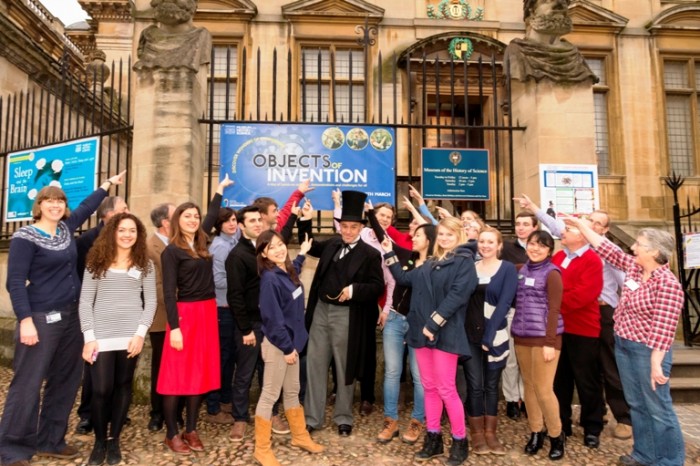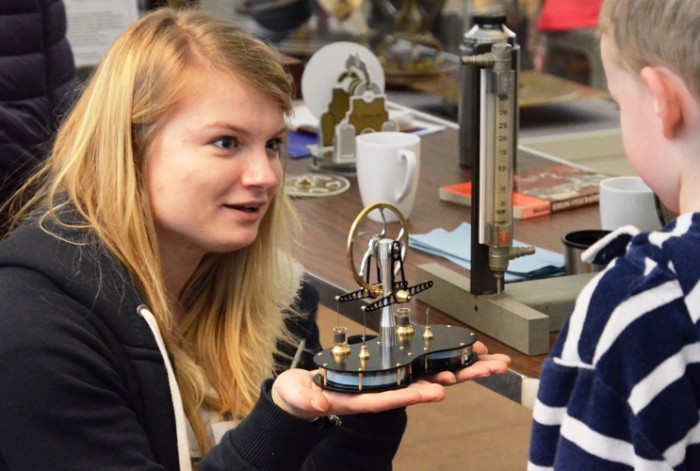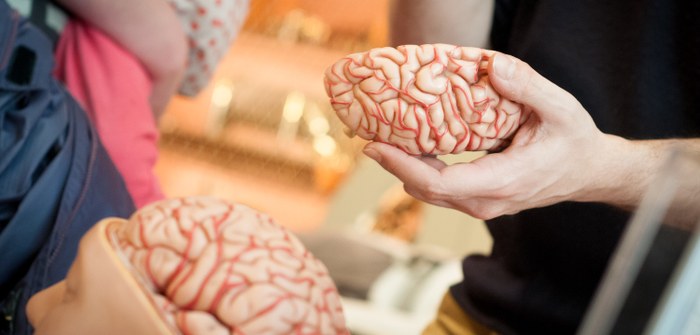A report from the ‘red carpet’

Our Objects of Invention public engagement initiative with the Department of Engineering Sciences, which reached the national finals in this year’s Engage Competition, was made possible thanks to the efforts of 18 engineers and the training in public engagement provided by the Oxford University Museums and Collections Joint Museums Education Service. One of those engineers was DPhil student Justine Schluntz, who attended the awards ceremony at the Natural History Museum in London. Here are Justine’s thoughts about the Objects of Invention project itself and the awards ceremony for the finalists.

DPhil engineer Justine Schluntz (right) with Christopher Parkin of MHS and Caroline Cheeseman of the Joint Museums Education Service at the Engage awards ceremony
“The Objects of Invention project provided public engagement training for engineering students at the University of Oxford (myself included) and culminated in a public event at the Museum of the History of Science which attracted over 2,000 visitors in a single day. We also carried out three schools events at the Museum.
The ceremony in London kicked off with a wonderful talk by Professor Alice Roberts about the importance of public engagement, especially for science researchers. Next, Sophie Duncan, the deputy director of National Coordinating Centre for Public Engagement (NCCPE), introduced the finalists for each of the awards. For each award category the audience was treated to a set of excellent short videos summarising the shortlisted projects prior to the announcement of the category winner.
The winner of the STEM category was a project called “The Enlightenment Café: Deadinburgh”. The Deadinburgh audience worked with scientists and actors to learn about epidemiology and solve a mock zombie epidemic in Edinburgh.
We had the opportunity to meet some of the amazing people who had worked on other shortlisted projects at a reception following the awards ceremony. The atmosphere was brilliantly upbeat, and we left with a wealth of ideas, which we will look to implement in future public engagement projects.”
Thanks to Justine for her write-up of the event and for getting involved in the project in the first place. Although we didn’t win, to be shortlisted from over 240 entrants nationally is a great testament to everyone’s hard work and skill.

 Objects of Invention was developed in partnership with the University’s
Objects of Invention was developed in partnership with the University’s 